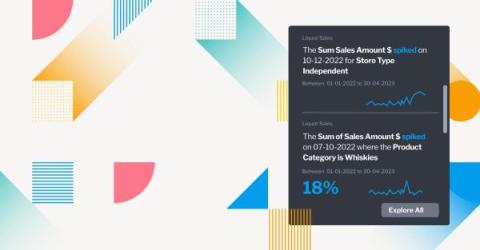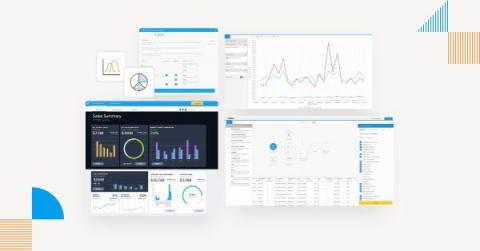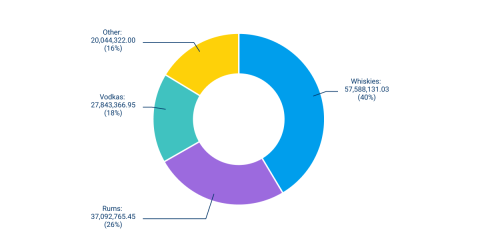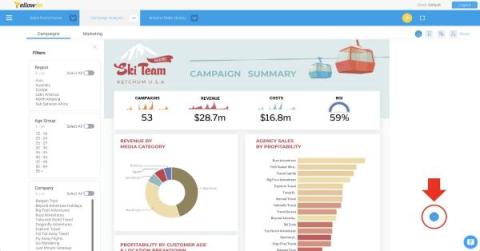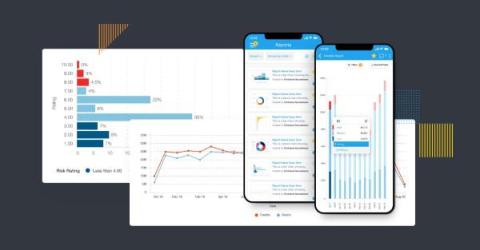How to Build the Best Analytics Experience for Your SaaS Product
For any product team with a Software as a Service (SaaS) application, the significance of embedding capable, reliable analytics is well understood. But it’s important to remember how valuable these tools are for your users’ experience, too. Having fast access to data and easy ways to explore it is, as you know, key to monitoring business performance, finding trends, sharing insights, and improving your core product. Today’s business user also wants more when they use your product.




